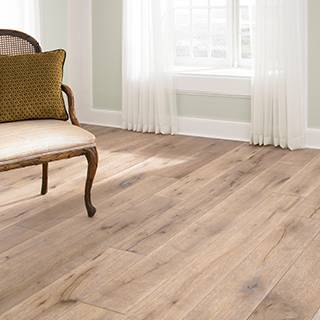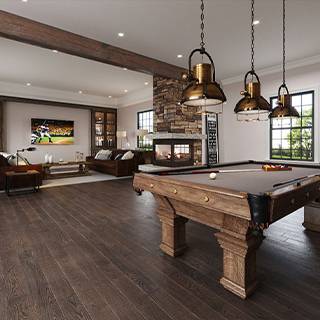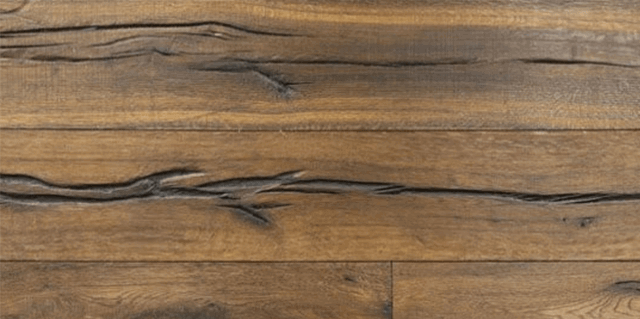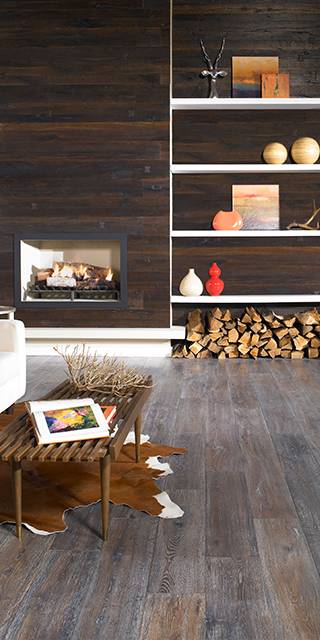Species Profile: Pine
September 28, 2015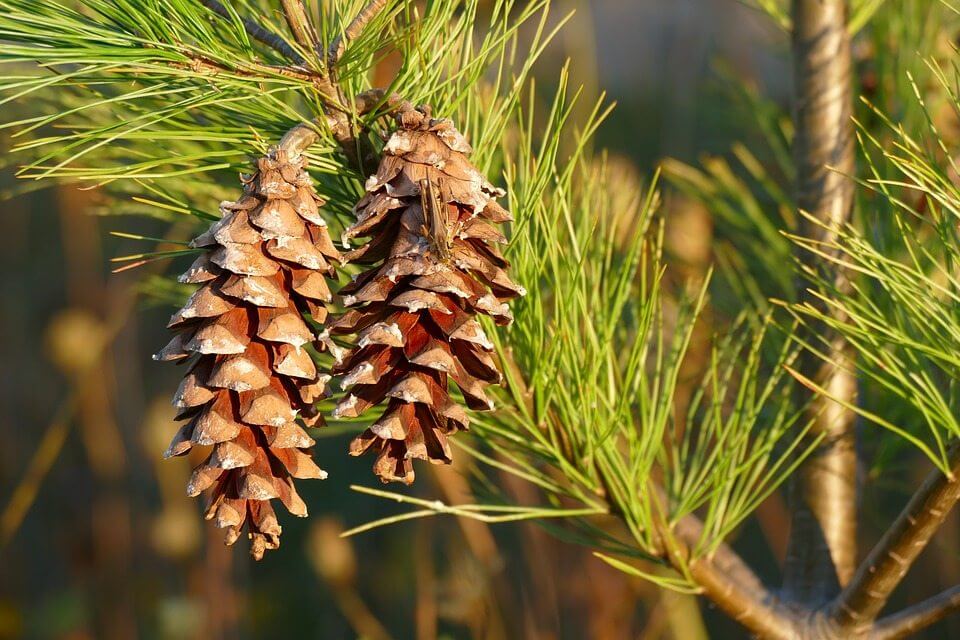
Pine has been one of the most commonly used woods for lumber and flooring for more than two centuries. Though not technically a hardwood, a few varieties of Pine are as hard as the softer hardwoods and have proven their durability both in construction and as flooring over the decades. Abundant throughout the southern part of the United States, Southern Yellow Pine, which actually comprises several species, can be found at a comparatively low cost in almost every market in North America. Pine’s relatively rapid growth makes it ideal for plantation farming and its natural grain and texture allow for an almost limitless variety of stains, making it one of the more versatile options for flooring.
Pine Trees

Pine trees grow naturally in some variety across the entirety of the Northern Hemisphere. Yellow Pines, or hard Pines, hail from the Pinus genre of the Pinaceae family of conifers. So, they’re really Pine-y. Southern Yellow Pines, from which most domestic commercial Pine is harvested, is similar to the tree that most people picture when they think of a Pine – tall and slender with fragrant, evergreen needles and cones that bear seeds – only generally taller and with fewer low branches.

Pines, in addition to growing quickly (for a tree), also tend to be long-lived in the wild, living on average anywhere from 100-1,000 years. Some of the oldest Pine trees, though, have been known to live longer than 4,000 years. In fact, one of the oldest living organisms in the world is a Bristlcone Pine known as Methuselah, thought to have been growing for more than 4,600 years.
Pine lumber has long been used in everything from home frames to wooden roller coasters. During the Colonial Period, it was the most economically important tree harvested in the Americas and was commonly sought on behalf of the British Monarchy for use in shipbuilding. The needles of several varieties of Pine have long been used to weave baskets and decorative items, and the edible seeds of some Pines are what are commonly known as pine nuts, one of the key ingredients of a good pesto.
Pine Flooring
Pine flooring is usually made from Southern Yellow Pine (SYP) or Heart Pine, though occasionally White Pine can be used if it is treated to increase its durability.
Southern Yellow Pine
This popular wood ranges in color from light yellow or yellowish-brown at its heart to a light beige or pale yellow sapwood. Depending on the cut, it can be quite uniform or very knotty, making it at once appropriate for formal, sophisticated rooms as well as rustic, natural looks. Even though Pine is harder than most softwoods, it is still only 60-70% as hard as standard Red Oak. It is however, somewhat more stable than Red Oak (28%), and is perfectly suitable as flooring in areas that experience moderate wear.
Heart Pine
Heart Pine, which is taken exclusively from the heartwood of the Pine tree, is darker in appearance that Yellow Pine and can sometimes display very dark streaks called sap stains. While freshly laid Heart Pine will often be yellow in hue, it tends to develop warmer, more reddish hues over time. The grain of Heart Pine generally offers plentiful swirls or banding, giving boards a great deal of character and charm. It is common to find reclaimed Heart Pine in homes both old and new, as Antique Heart Pine perfectly represents the warm, natural, and classic feel often sought by lovers of hardwood floors.

Bacon’s Castle, built in 1665, still boasts its original Heart Pine flooring.
Given the particular qualities of Pine, it is wise to consult a professional before making you finial choice. An experienced dealer will be able to tell you weather Pine will be an appropriate choice for your intended application, give you recommendations on finishes, and recommend alternatives if a harder wood would be a smarter choice. Our hardwood flooring experts are always happy to help.
Photo of Methuselah Pine is a section from a photo by Oke, GFDL , CC-BY-SA-3.0, via Wikimedia Commons


